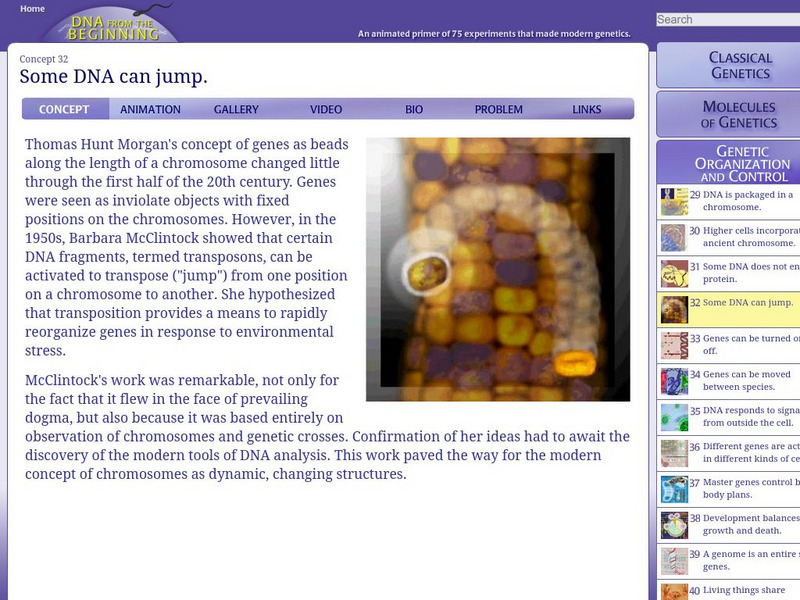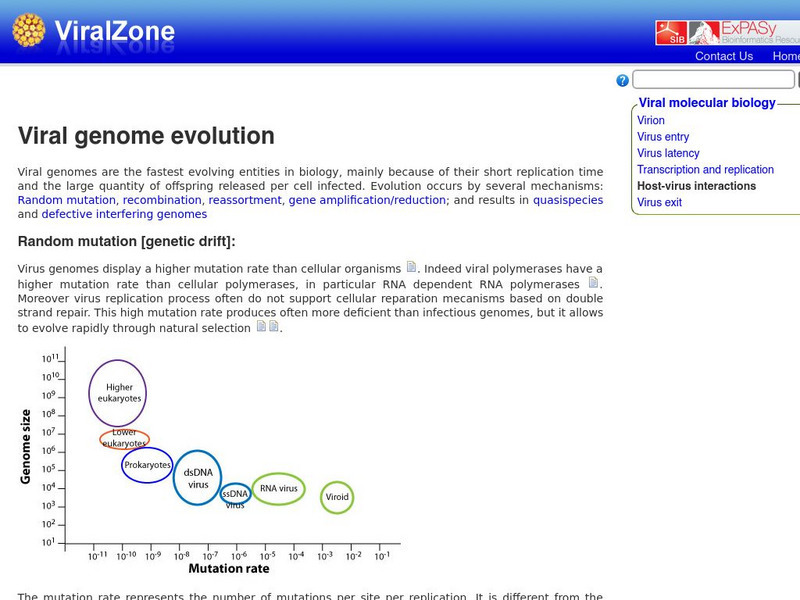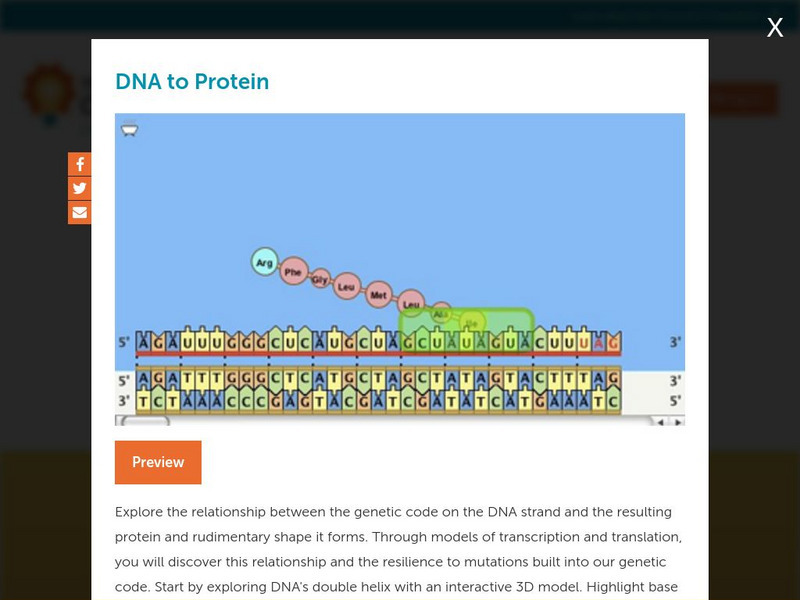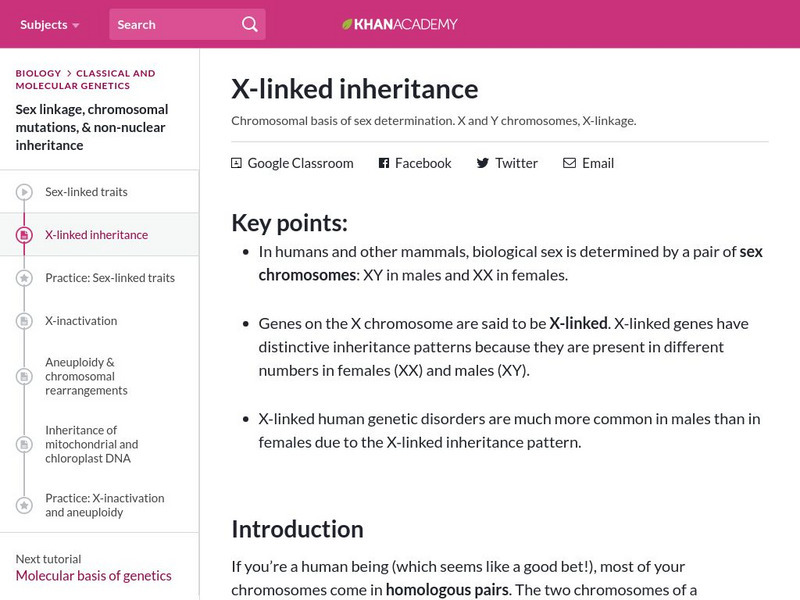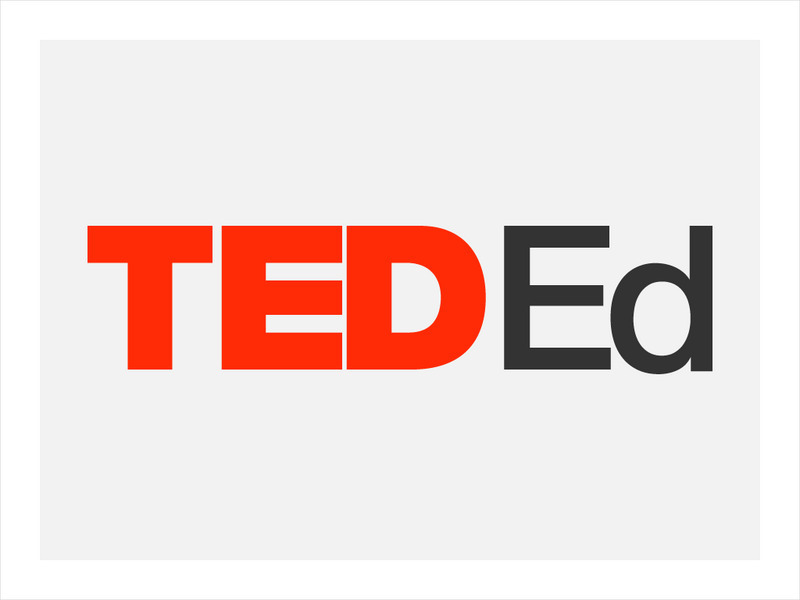Other
Bacterial Genetics: Types of Mutations
A good background on base pair mutations as a whole, with an example and explanation of what a silent mutation is.
BiologyWise
Biology Wise: Chromosomes: The Carriers of Genetic Information
Explains what chromosomes are, their structure, their functions within a cell, and the health impact of mutations in a gene sequence.
Science Buddies
Science Buddies: What Is the Woolly Mammoth's Closest Living Relative?
Although Woolly Mammoths have been extinct for thousands of years, scientists continue to learn more and more about this mighty animal. Some of the most exciting new research is being produced by looking at DNA extracted from the hair...
Cold Spring Harbor Laboratory
Dna From the Beginning: Some Dna Can Jump
This article contains information on how DNA is repaired to prevent mutated damage from interrupting DNA processes.
National Health Museum
Access Excellence: Making a Phylogenetic Tree Lesson Plan
Constructing phylogenetic trees may be a daunting task for students, but this lesson plan is a simulation of what molecular biologists must do to determine relationships. This plan is for students who have a good grasp of DNA structure...
CK-12 Foundation
Ck 12: Biology: Forces of Evolution
[Free Registration/Login may be required to access all resource tools.] Describes three of the four forces of evolution: mutation, gene flow, and genetic drift.
National Institute of Educational Technologies and Teacher Training (Spain)
Ministerio De Educacion: La Base De La Herencia 2 Bachillerato
This unit discusses the following topics: cloning, transgenic, gene therapy, genetic code, human genome and DNA replication. It contains 19 interactive activities.
Other
University of Cincinnati: Dna Structure and Function
This site explores the history and the science of DNA. Content also examines and considers the possibilities of genetic engineering and mutation.
Other
Viral Zone: Viral Genome Evolution
Viral genomes are the fastest evolving entities in biology, mainly because of their short replication time and the large quantity of offspring released per cell infected. Evolution occurs by several mechanisms: Random mutation,...
University of Arizona
University of Arizona: Problemas De Genetic Molecular De Procariotas
Learn more about the operon model based on studies of lactose-dependent mutations of E. coli with the series of problems presented here. The correct answers have a brief explanation to reinforce the theories and incorrect answers are...
PBS
Pbs Learning Media: Dna and Protein Synthesis in the Cell
In this lesson, students learn how DNA fits into chromosomes, how chromosomes relate to the human body, DNA replication, and protein synthesis.
BioMan Biology
Bio Man Biology: Evolution and Classification Quizzes
A multiple-choice quiz on the mechanisms of evolution.
National Health Museum
Access Excellence: Molecular Biology/primate Phylogeny
This lesson plan involves comparison of amino acids to create a phylogenetic tree of primates. Learners will also use other species information to draw conclusions about evolutionary relationships.
Other
Evolution: The Theory of Natural Selection (Part 1)
These pages are part of a site called Evolution that accompany a textbook by the same name. Mark Ridley is the author. This section has an advanced discussion of determining allele and genotype frequencies using the Hardy-Weinberg ratio.
National Health Museum
Nhm: Amino Acid Sequences Show Evolution
This lesson plan focuses on differences in the amino acid sequence of hemoglobin and myoglobin proteins. They use the number of differences to create a phylogenetic tree.
National Health Museum
Nhm: Restriction Maps to Cladograms Lesson
This lesson plan requires students to analyze DNA restriction maps to determine the differences in the sequence for several primates and humans. They then use the information to create a cladogram.
Concord Consortium
Concord Consortium: Stem Resources: Dna to Protein
Investigate how the genetic code on a DNA strands controls what protein is produced with this collection of animations and 3D models. Explore an interactive 3D model of the double helix, watch an animation of transcription, and see the...
Scientific American
Scientific American: Cause of Werner Syndrome & Progeria
This "Ask the Experts" article answers the question, "What do we know about the cause of Werner syndrome and progeria, the disease that leads to premature aging in children?" This article also distinguishes between Hutchinson-Gilford...
Khan Academy
Khan Academy: X Linked Inheritance
Find out about the chromosomal basis of sex determination, X and Y chromosomes, and X-linkage.
TED Talks
Ted: Ted Ed: The Cancer Gene We All Have
Within every cell in our body, two copies of a tumor suppressor gene called BRCA1 are tasked with regulating the speed at which cells divide. This learning module explains how these genes can sometimes mutate, making those cells less...
Curated OER
Kids Health: Sickle Cell Anemia
This article gives information about sickle cell anemia, a disease caused by mutations of the gene that forms red blood cells. Provided are answers to the following questions: "What Do Doctors Do?" and "What Can Teens Do to Stay Well?"
PBS
Pbs Learning Media: Molecular Clocks: Proteins That Evolve at Different Rates
In this graphic and article from "The Human Evolution Coloring Book" by Adrienne Zihlman, four different proteins from humans and horses are compared and the reasons each protein evolves at its own characteristic rate are discussed.
University of Colorado
University of Colorado: Ph Et Interactive Simulations: Gene Machine the Lac Operon
Build a gene network! The lac operon is a set of genes which are responsible for the metabolism of lactose in some bacterial cells. Explore the effects of mutations within the lac operon by adding or removing genes from the DNA.
Howard Hughes Medical Institute
Hhmi: Biointeractive: The Eukaryotic Cell Cycle and Cancer
Cell division is the only way single-celled organisms can reproduce. Learn more about cell division and explore the phases, checkpoints, and protein regulators of the cell cycle in this interactive. Find out how mutated versions of these...
Other popular searches
- Plant Genetic Mutations
- Genetic Mutations Simulation
- Cellular Genetic Mutations
- Biology Genetic Mutations
- Genetic Mutations Indiana
- Studying Genetic Mutations





